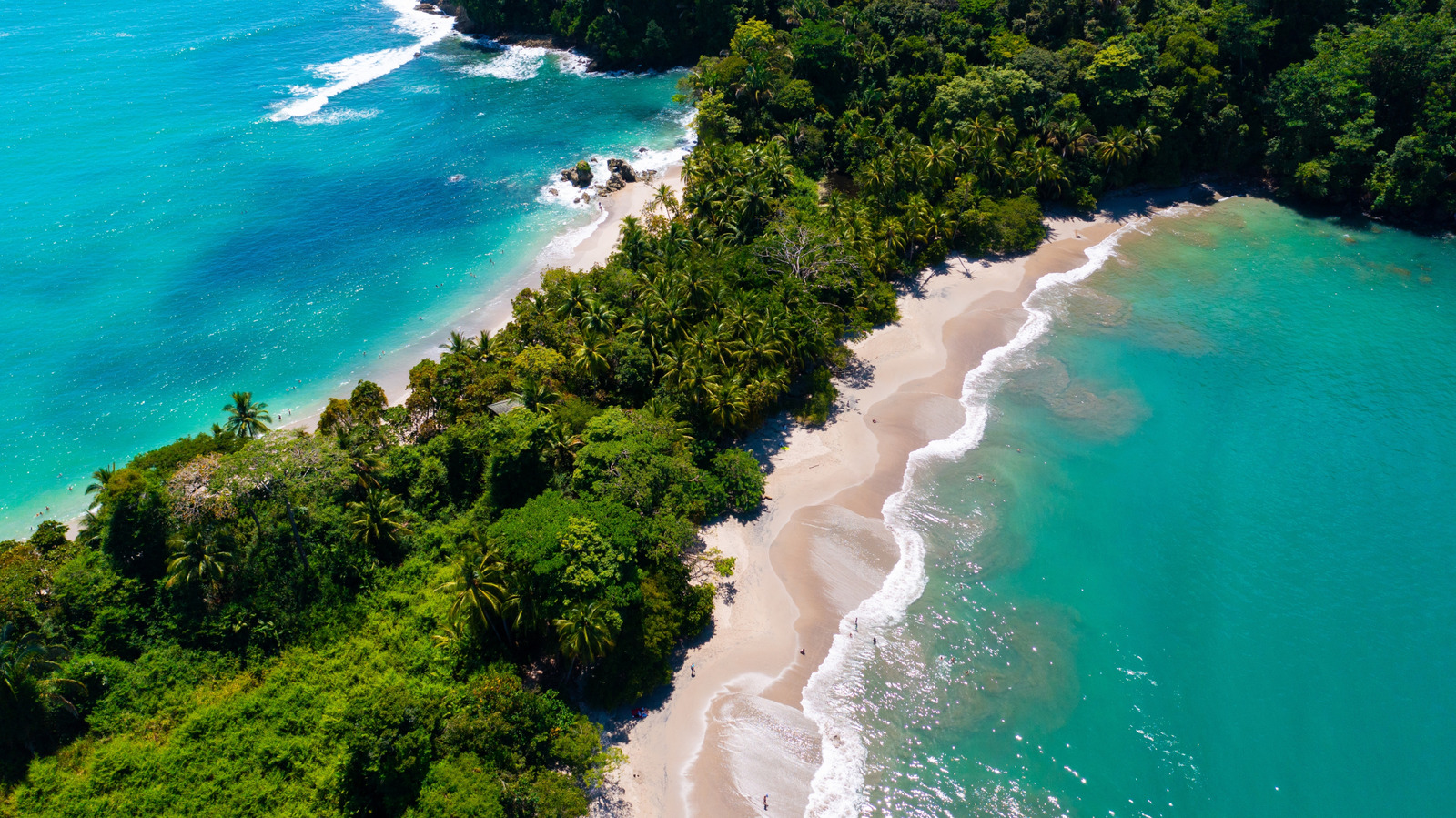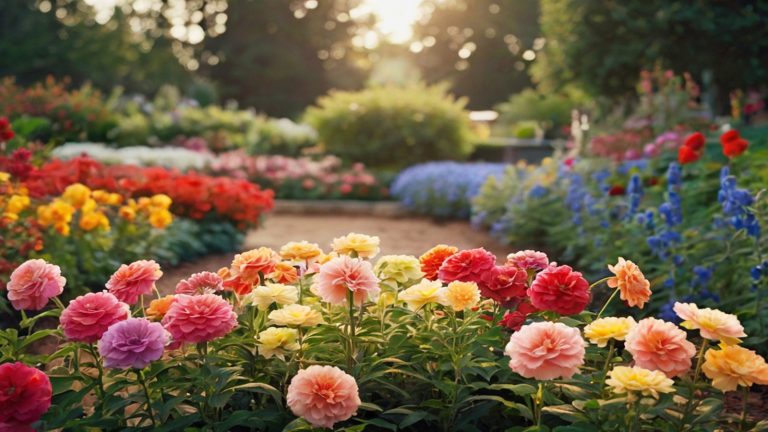
There are many poisonous plants that enhance the beauty of gardens, and with the right precautions, they can be safely admired. However, there is one tree you should steer clear of entirely — even touching it can cause pain. This is the manchineel tree (Hippomane mancinella), known as the most dangerous tree in the world. The name “manchineel” comes from the Spanish term for “little apple,” due to its apple-like fruits that measure just 1 to 2 inches. But beware, as its full nickname is the “little apple of death.” This tree is indigenous to southern Florida, Central America, and the Caribbean. Its toxic nature was historically recognized by indigenous people, who used it to poison their arrows. Despite its dangers, manchineel trees often grow along beaches, in nature reserves, and parks, serving as windbreaks and protecting coasts from erosion. Occasionally, they are harvested with caution for woodworking purposes.
For most people, the manchineel is a perilous plant to avoid. Refrain from touching its bark, picking its leaves, and certainly from consuming its fruit. All parts of the manchineel are toxic to humans and most animals. The tree exudes a thick sap containing phorbols, chemicals that provoke a severe immune response. Encountering a manchineel tree is a clear cue to head the opposite way, and it is definitely not a tree you want to cultivate at home.
What happens if you touch or eat manchineel
If you inadvertently come into contact with manchineel sap, expect painful and severe blistering on your skin. If it reaches your eyes, temporary blindness could occur. A small bite of the fruit might taste sweet at first, but would soon result in burning and swelling of the mouth and throat, making swallowing or breathing difficult. Manchineel poisoning can also cause low blood pressure, a slow heartbeat, stomach pain, abdominal bleeding, dehydration, vomiting, and even be fatal. Immediate medical attention is necessary if you come into contact with or ingest manchineel.
Warning signs may be present in public parks or beaches to caution against the manchineel. You can identify it by its shiny, serrated leaves. The tree can grow up to 50 feet tall, with grayish or reddish bark; its flowers are yellow or greenish, and the fruits are generally green, yellow, or reddish. Standing near a manchineel when it’s raining or if the tree is burning can also be hazardous, as the sap can travel through water and smoke. This makes the manchineel a beautiful plant you should never consider for your garden, especially if you have children or pets. As a safer alternative, consider planting the beach plum (Prunus maritima). Its fruits are both edible and delicious, though you should avoid the pits, which are toxic. Beach plum is native to North America and thrives in USDA zones 3 to 8.






